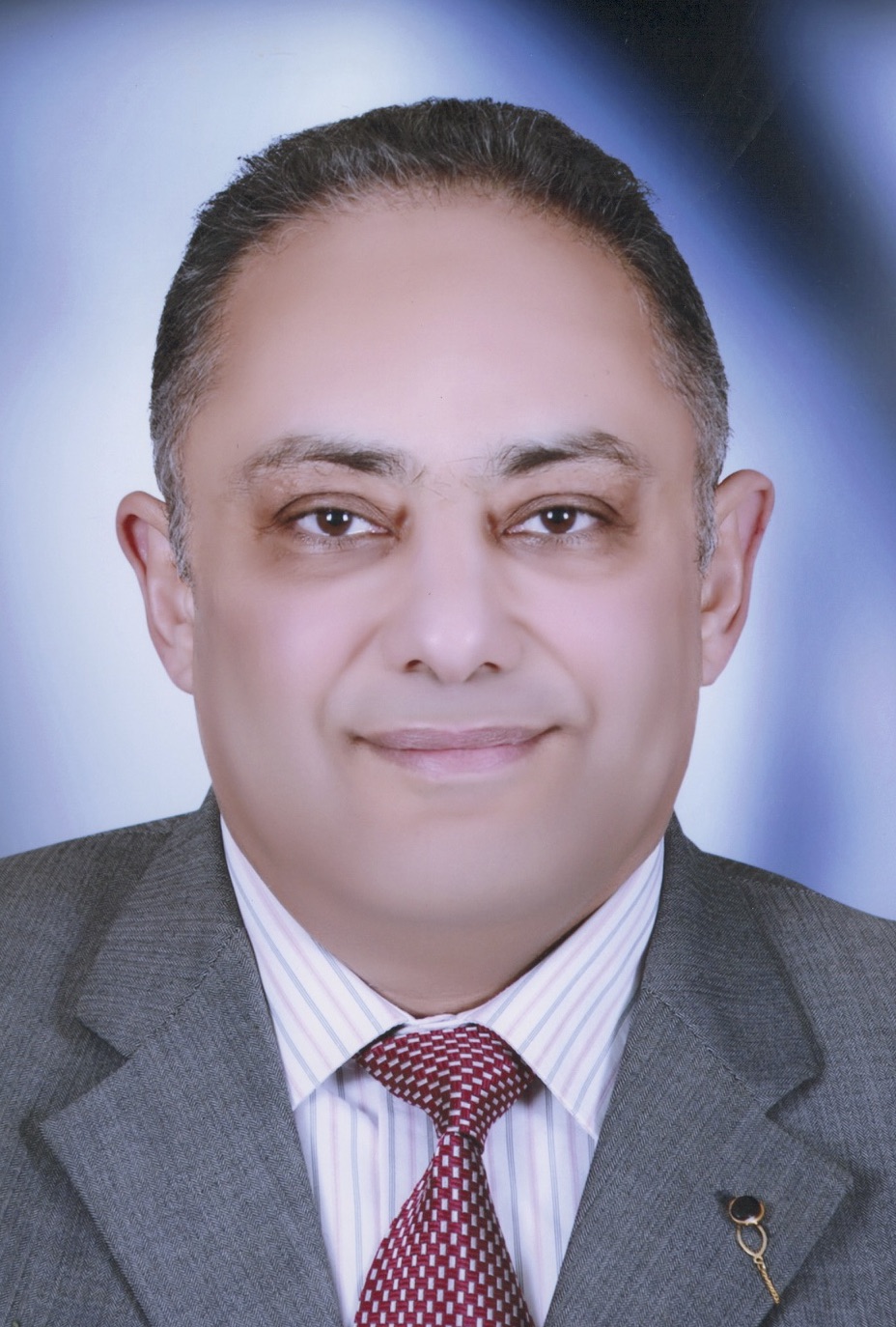Background
A few reports are available in the literature of discitis with spondylolisthesis. It is the aim of this paper to report 6 patients in whom both lumbar spondylolisthesis and infection coexist at the same level
Patients and methods
The patients were 4 males and 2 females with a mean age of 56.8 (range; 38-72) years. Levels affected by spondylolisthesis were L2-3 in 1 patient, L4-5 in 3 patients, and L5-S1 in 2 patients. In 2 patients, infection extended to an adjacent level to the lythetic one. Two patients had neurological impairment (Frankel grade D). Five patients received posterior lumbar interbody fusion (PLIF) with anterior reconstruction achieved by spinal shortening. One patient was treated by laminectomy, evacuation of the epidural abscess and instrumented posterolateral fusion. Post-operative functional outcome was graded based on the criteria of Kirkaldy-Willis et al.
Results
Causative organisms were TB in 3 patients, staph aureus in 1 patient, brucella in 1 patient and bacteriologic testing of intraoperative samples did not find germs in 1 patient. The 2 patients with pre-operative neurological deficit had neurological improvement o to grade E. Mean follow up was 36.2 months (range;18-56 months). Mean pre-operative local lordotic angle was 5.7° (range; + 30° to - 5°). Post-operative local lordotic angle improved to a mean of 13.2° (range; +34° to -8°). Functional outcome was graded as excellent in 4 patients, good in 1 patient, and fair in 1 patient.
Conclusion
The occurrence of spinal infection at spondylolisthetic level might be not a very rare association. MRI signs at level of degenerative spondylolisthesis must be carefully evaluated not to miss infection at that level. Surgical treatment by posterior instrumentation, and interbody fusion allows early mobilization with least incidence of complications.

